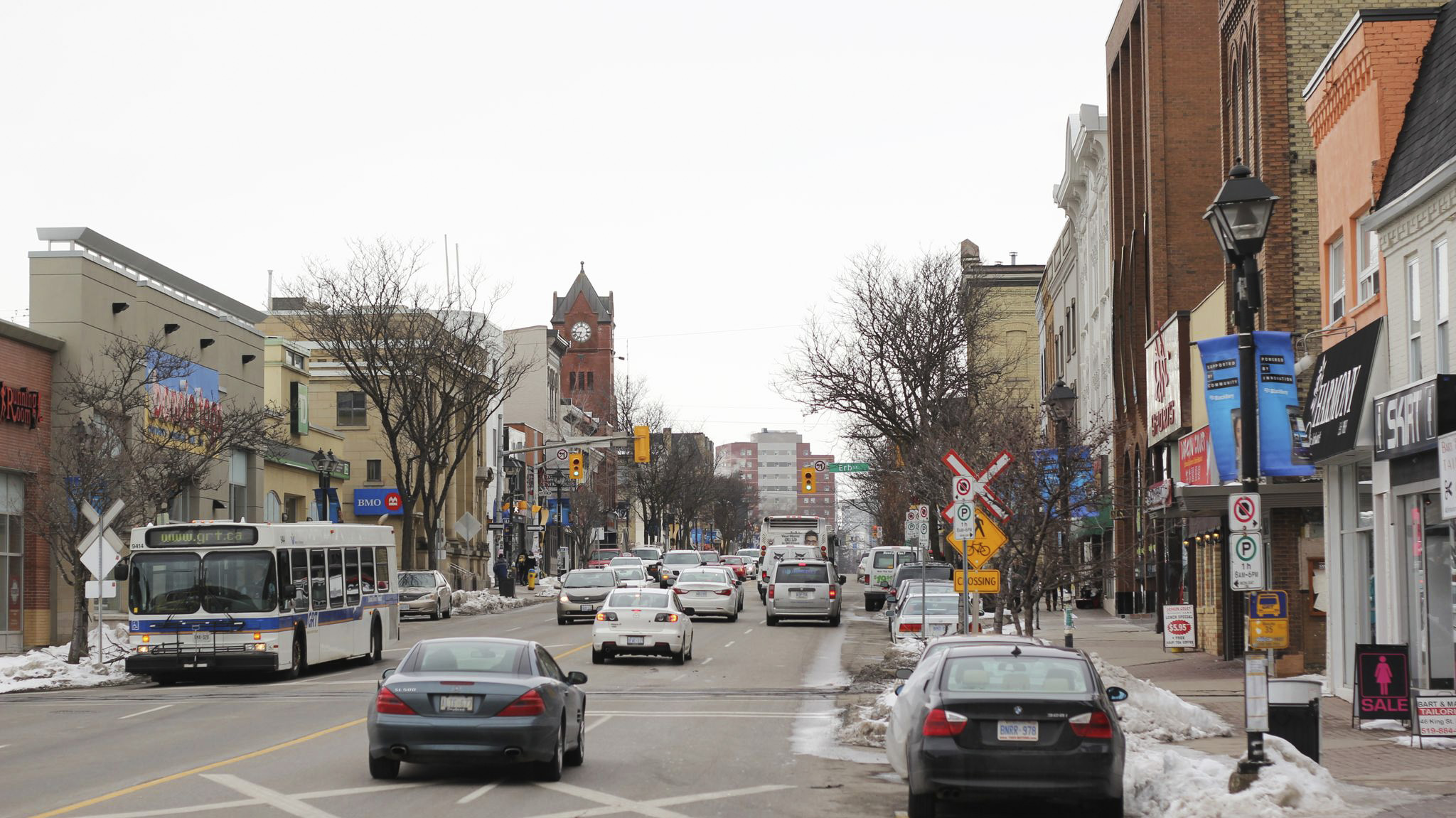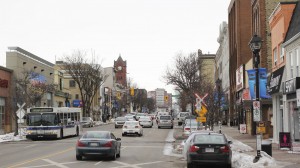Transit open houses come to close

A year-long process to develop strategies for community building around the Waterloo Region transit corridor will soon be coming to an end.

The Central Transit Corridor Community Building Strategy (CBS) will close for public feedback on March 19 in order to move from the draft proposal to a finalized report that will later be presented to regional council.
The CBS aims to create areas of focus and initiatives involving how to build communities around rapid transit, an issue that is highly pertinent to Waterloo Region, as both construction on Light Rail Transit (LRT) and the implementation of a Bus Rapid Transit (BRT) system will begin next year.
The last in the final series of open house community consultations, which have been taking place throughout various stages of the process, concluded on Monday, although online feedback can still be given for the next couple of weeks.
“If there are any specific actions or initiatives or even ideas that are not currently included in the strategy that came out of these discussions at the public meetings or the comment sheets that are filled out, those are things that can be explored and possibly added to the strategy as additional options before the report is finalized,” explained regional principle planner Becky Schlenvogt on the practical implications of public feedback sessions.
Open houses involved an explanation of the major points of the CBS, a presentation and a short video, followed by open roundtable discussion. Schlenvogt acknowledged that the discussions help the region to identify any gaps between the priorities of citizens and what’s been included in the report, adding that “now would be the opportunity to add anything additional.”
The work will be far from over once the report has been submitted to regional council, which Schlenvogt anticipates to be in April or May of this year.
“We also want to work after the strategy report is finalized and complete,” she said. “There will be additional work in the future around implementing some of the initiatives, and so to understand what the priorities are from members of the community is really important as we move forward and make decisions about initiatives that we’ll be completing sooner rather than later.”
The CBS and additional feedback from community members will also be drawn upon to determine “what priorities might be for staffing and budgets” for future development projects.
Within the CBS eight principle community building opportunities are identified, including “enhancing mobility, fostering investment, creating high quality urban spaces, strengthening the employment opportunity, enhancing the learning experience, encouraging a healthy inclusive community, greening the corridor and creating a great place to visit.”
This is supported by specified development types and related initiatives to be explored.
Local post-secondary institutions will undoubtedly be impacted by future developments, something which is acknowledged by the Strategy. Improving the walk from Seagram station to Wilfrid Laurier University and the University of Waterloo and integrating Conestoga College with the expanded iXpress bus are some of the proposed initiatives.
The CBS and feedback opportunities can be found at centraltransitcorridor.ca.

